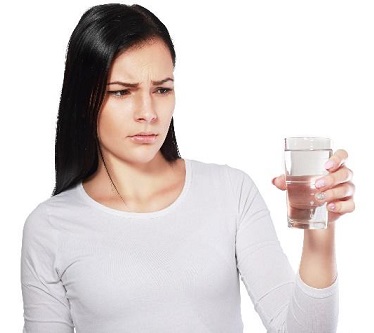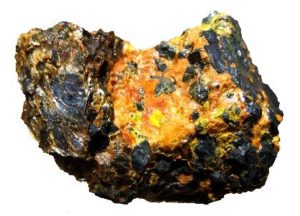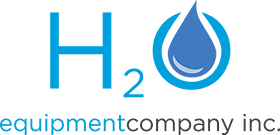 Uranium is a hot topic in CT as an increasing number of homeowners are testing positive for this contaminant in their well water. But is there an actual safe level? As far as drinking water goes, Connecticut follows the US EPA Drinking Water Guidelines – called Maximum Contaminant Levels (MCL).
Uranium is a hot topic in CT as an increasing number of homeowners are testing positive for this contaminant in their well water. But is there an actual safe level? As far as drinking water goes, Connecticut follows the US EPA Drinking Water Guidelines – called Maximum Contaminant Levels (MCL).
The MCL for Uranium is: 30 micrograms per liter (30 ug/L PPB)
Uranium is measured in micrograms. To put it in perspective, 1 cup of water holds 236,588.24 micrograms. The EPA set a limit of 30 micrograms of uranium in one LITER of water which is 4.23 cups. That means the MCL per CUP of water is about 7 micrograms. A tiny amount with a big worry.
One interesting point is that the World Health Organization AND the EPA are pushing for a ZERO level of uranium in drinking water. And our Canadian friends to the North have already set their Uranium levels LOWER than ours at:
- MCL 20 micrograms per liter (20 ug/l)
What does “safe level” really mean? Even if you are exposed to uranium, you might not be harmed. There are many factors such as:
- How much did you drink?
- For how long – days, weeks, months, years?
- Were there other chemicals ingested too?
- Your age, gender, family traits
- Even diet and of course health
Surprisingly, your body does NOT absorb most of the uranium that is ingested or inhaled. According to the Agency for Toxic Substances and Disease Registry, most leaves your body in the feces. But the remaining uranium does get absorbed and deposited in your bones, liver and kidneys. The kidneys being the most susceptible to harm.
Although you CAN absorb some uranium through your skin, the EPA states that there has NOT been any evidence that skin exposure to naturally occurring uranium is harmful. And that Bathing and showering with water that contains uranium is not a health concern.
However, the Connecticut Department of Public Health advises that a concentration of 900 micrograms per liter or higher makes water “unsafe for any household use.”
So, what do you do next?
- Get your water tested. See our Blog “3 Ways to Test Your Water for Uranium.”
- If you DO test over 30 micrograms (30 ug/l) consider being tested for uranium toxicity. This is usually done with blood, hair, urine tests. Consult with your doctor.
- Consider a uranium removal system such as a Reverse Osmosis or an Anion Resin System designed to remove uranium. See our blog: “How Do I Remove Uranium from My Water?”
